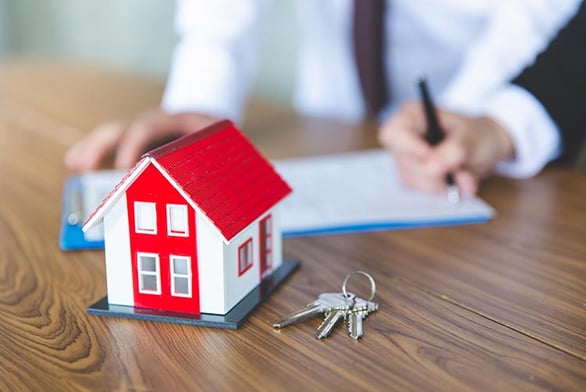
A 1031 exchange can provide some meaningful tax benefits, which is why they are so popular among real estate investors. One rule of a 1031 is that the investor must exchange for like-kind property. If you own an apartment building, does that mean you must exchange for another apartment building? Or, is it possible to go from commercial property to residential?
The answer isn’t so straightforward, and state laws come into play. In this article, we’ll dig into this question and hopefully shed some insight into a possible answer.
Can a Primary Residence Execute a 1031 Exchange?
A 1031 exchange is only available to investment properties. A primary residence is not an investment property. This doesn't mean that primary residences can't benefit from tax savings. Rather than deferred tax savings, as is the case with a 1031 exchange, a primary residence can benefit from immediate tax savings. This is done through IRS section 121 exclusion.
Section 121 allows a primary residence owner to declare up to $250,000 in gains on the sale of their property for a single person or $500,000 for certain joint filers. To take advantage of these savings, the owner must have lived in the property for 2 of the last 5 years.
Note that there is no intent for the primary residence to become an investment property. That’s why section 121 works. If there were investment intent, the property would no longer be a primary residence. It would instead become a revenue-generating property (at some point).
1031 Exchange From a Commercial to Residential Property
With an understanding of the section 121 exclusion, we come to the main question: Can a 1031 exchange be executed when going from commercial property to residential property?
A commercial investment property is one with five or more units or an office, warehouse, or industrial building. The property must be purchased and held for productive use in a trade or business or investment intent.
Executing a 1031 exchange on an investment property is primarily what the 1031 was designed for. It's a way for investors to defer taxes on capital gains. But if the investor wants to 1031 exchange their commercial property for a residential property, what's involved in making that work?
Nothing keeps an investor from doing a 1031 exchange from an investment property to a residential property. As long as the investor intends to use the property as an investment property and not as a primary residence, the exchange is valid.
1031 Exchange From a Commercial to Primary Residence
There is a distinction between a residential property and a primary residence. A residential property can be a primary residence or an investment property. It isn’t known until the owner makes their intentions clear. If the residential property is an investment property, it can be a single-family home, condo, duplex, quadplex, or an apartment building with four or fewer units.
A primary residence cannot go both ways. It is clearly for personal use and not an investment property.
Nothing keeps an investor from doing a 1031 exchange from an investment property to a primary residence. However, it is not a direct process.
The investor exchanges from one investment property to another, completing the 1031 exchange. Sometimes later, the investor changes her intent about the property. While it might have originally been an investment property, the investor decides it will be a primary residence.
Section 121 is how a primary residence can take advantage of tax savings. Once the 1031 exchange has been completed (into an investment property), at some point, the investor decides to live in the property. Remember, Section 121 states that the owner must have lived in the property for 2 of the last 5 years before the property is sold.
The investor might keep the replacement property as an investment property for 3 years then live it for 2 years. That's a total of 5 years and meets section 121 timelines.
But for the investor, 100% of the gain (up to $250,000 for single filers) isn’t tax-free. Instead, it is 2 / 5 = 40%. The other 60% is taxable due to non-qualifying use. Note that these calculations do not factor in (partial) depreciation recapture.
The tax impact of going from a rental property to a primary residence can be complex. That is why it's best to work with your tax advisor.
This material is for general information and educational purposes only. Information is based on data gathered from what we believe are reliable sources. It is not guaranteed as to accuracy, does not purport to be complete and is not intended to be used as a primary basis for investment decisions. Realized does not provide tax or legal advice. This material is not a substitute for seeking the advice of a qualified professional for your individual situation.



